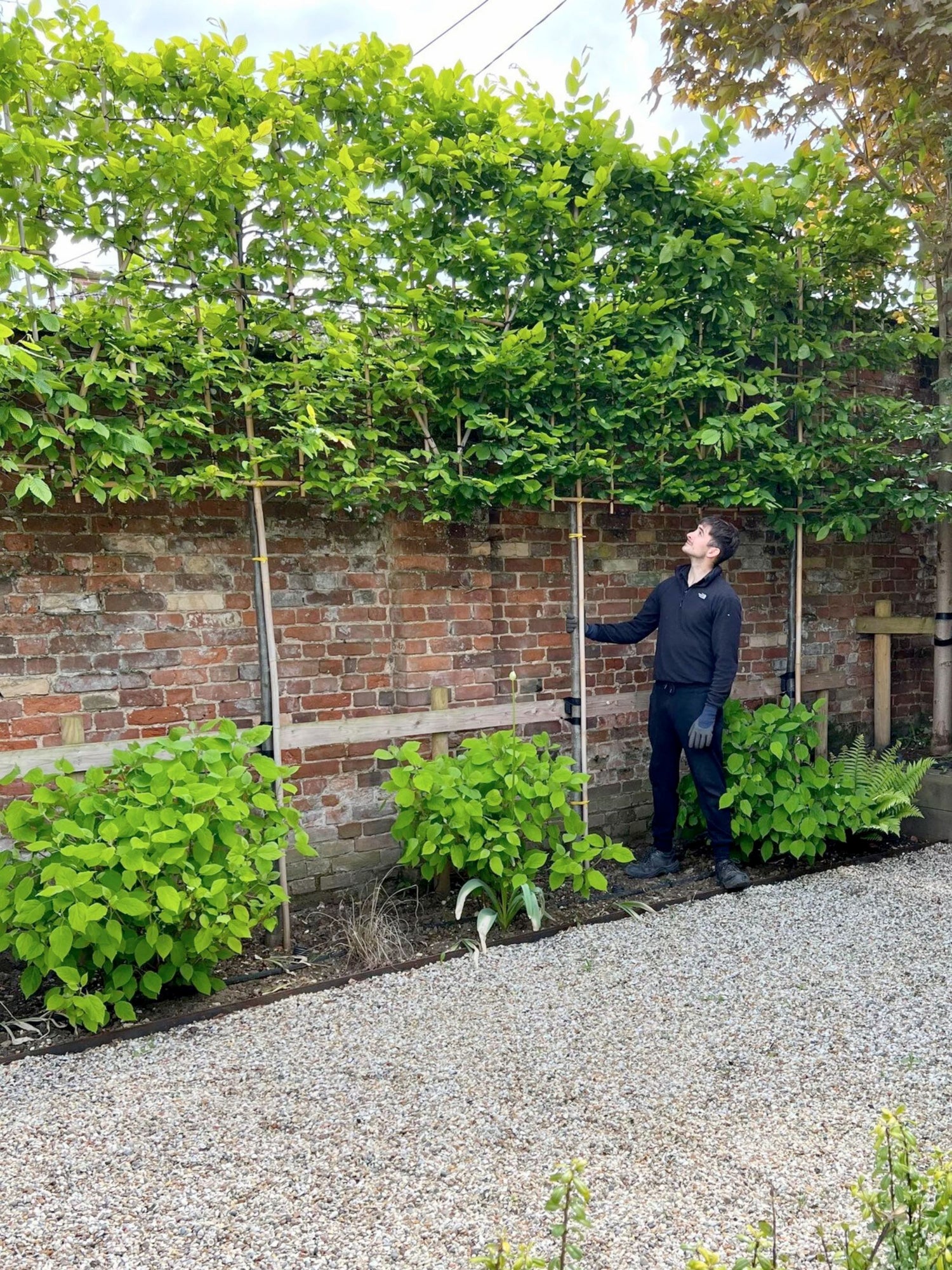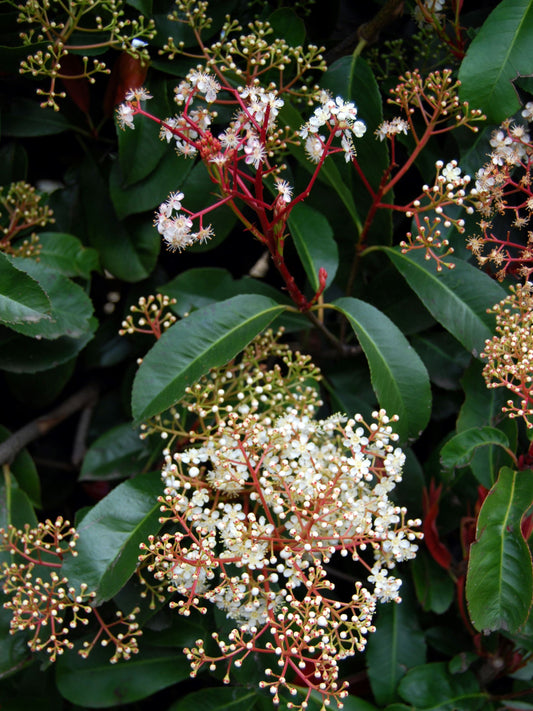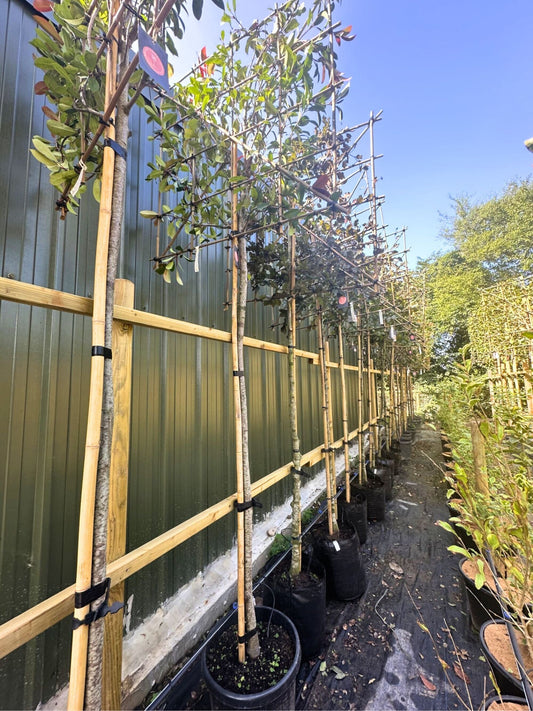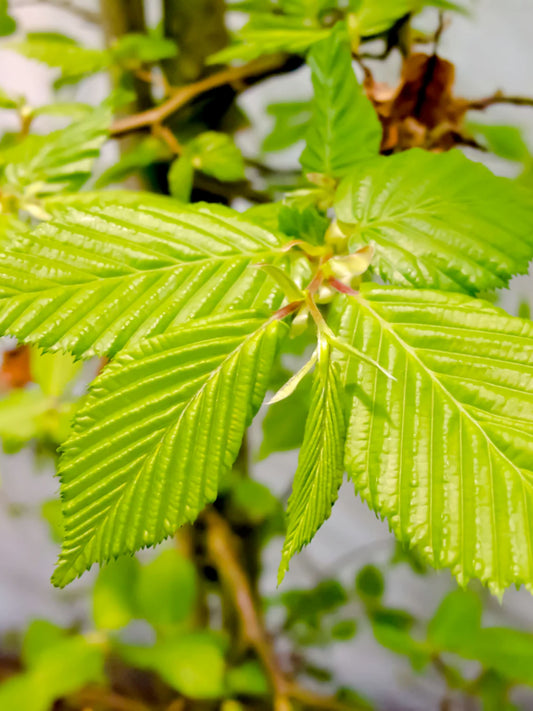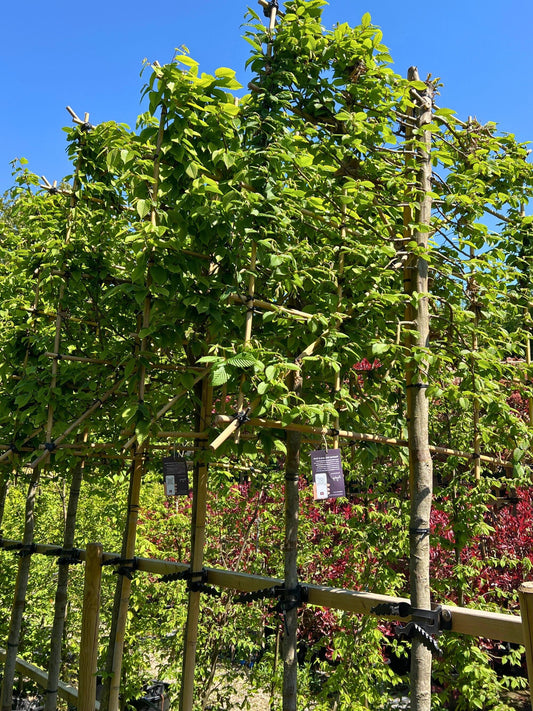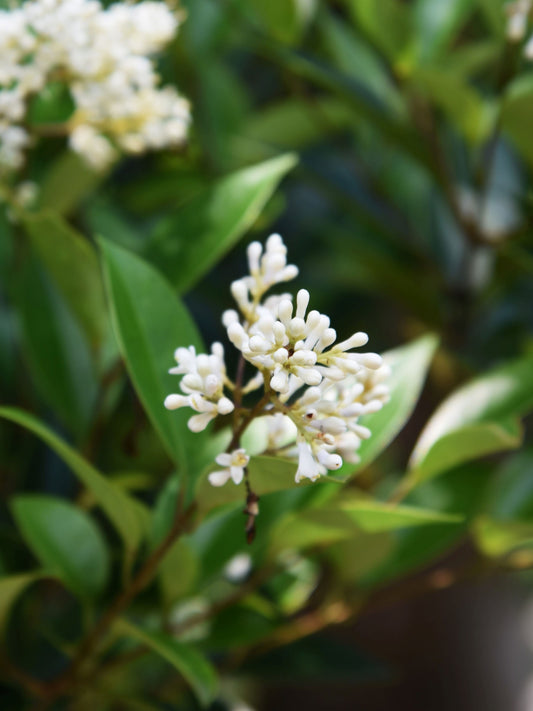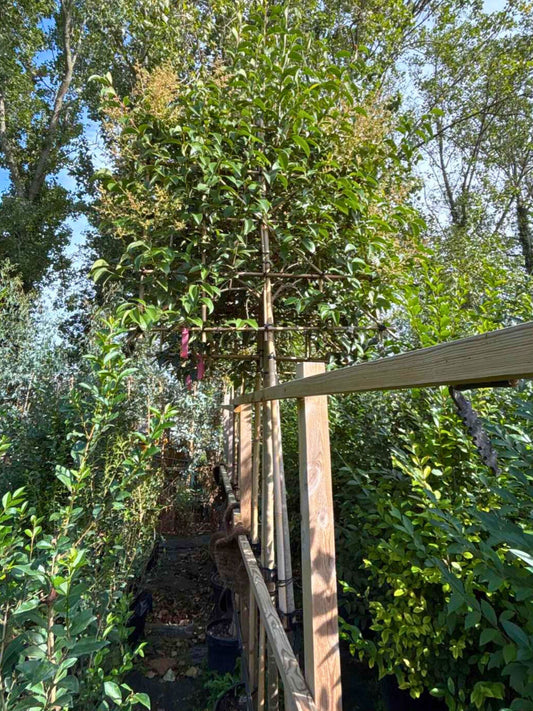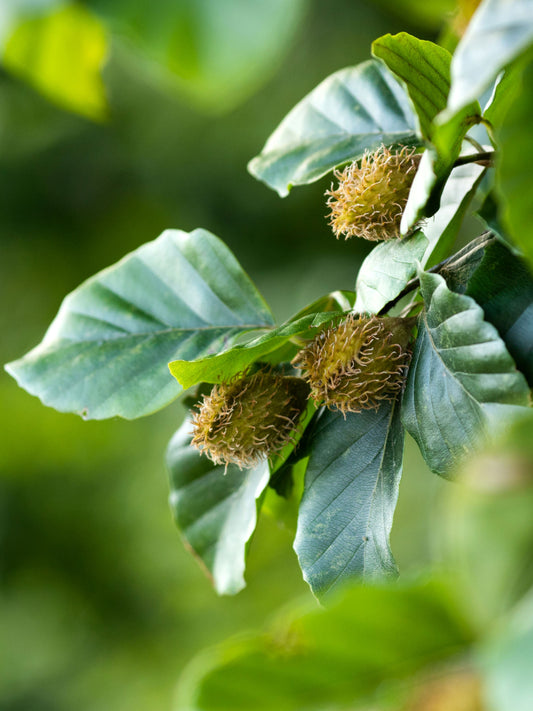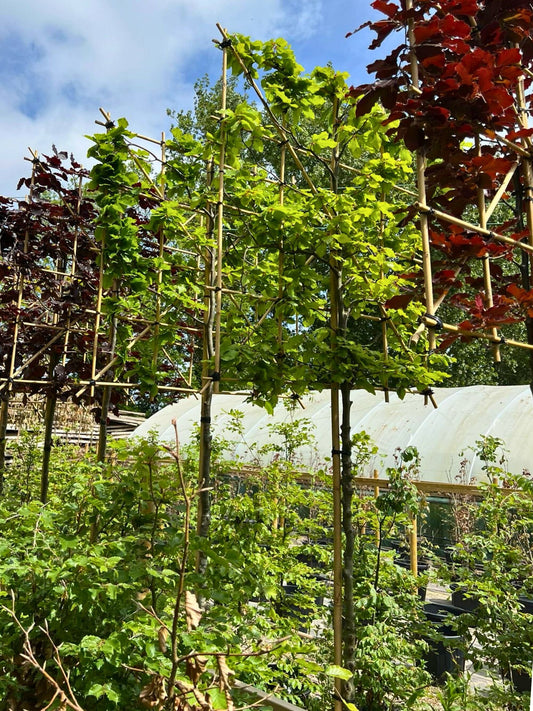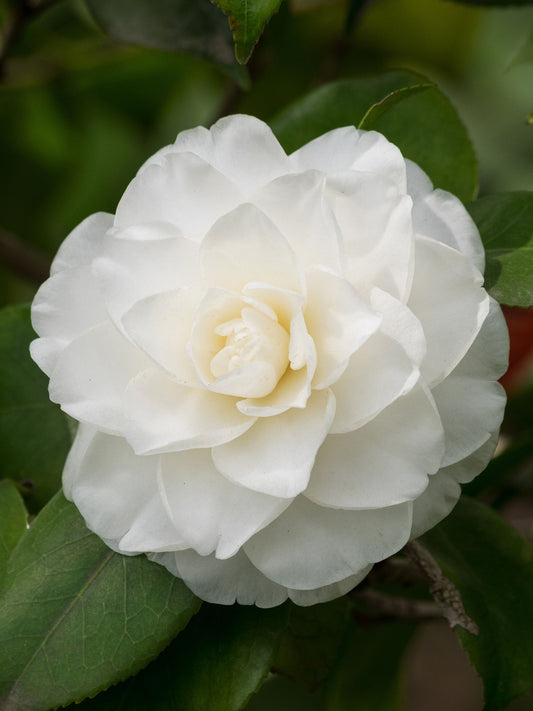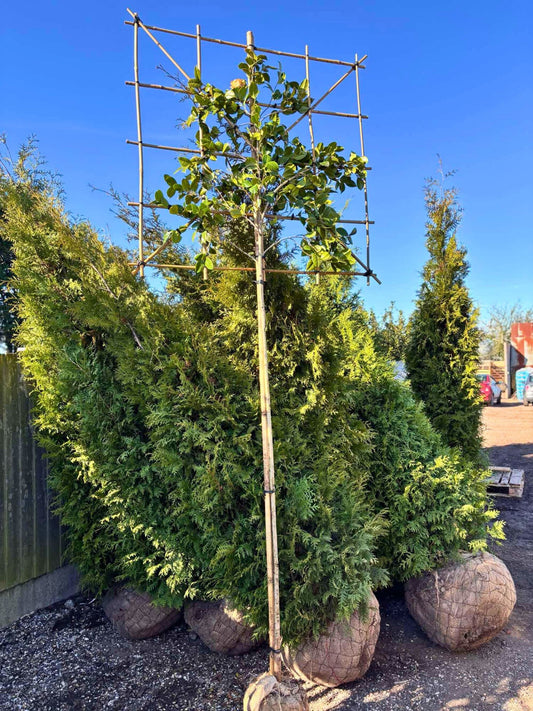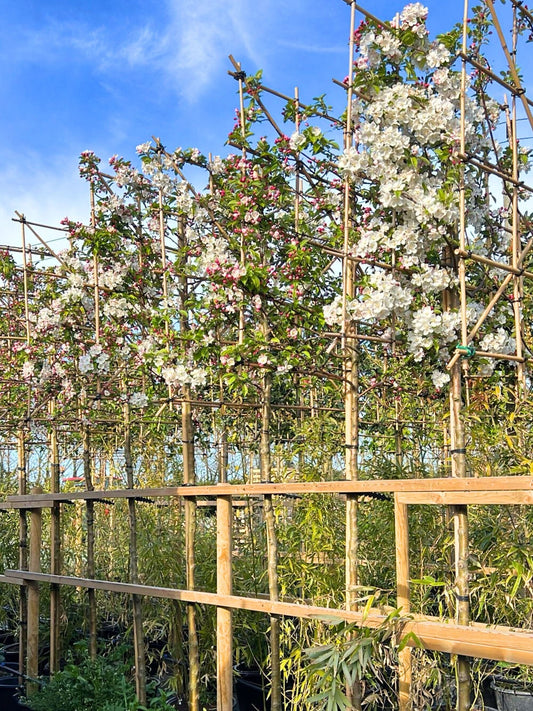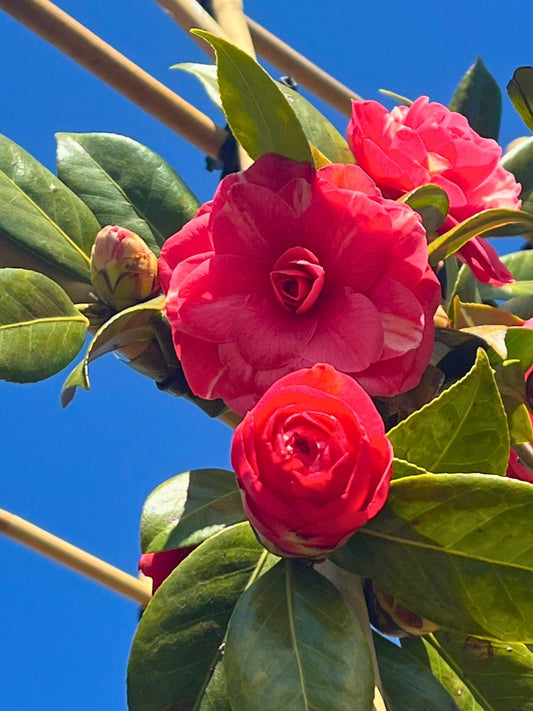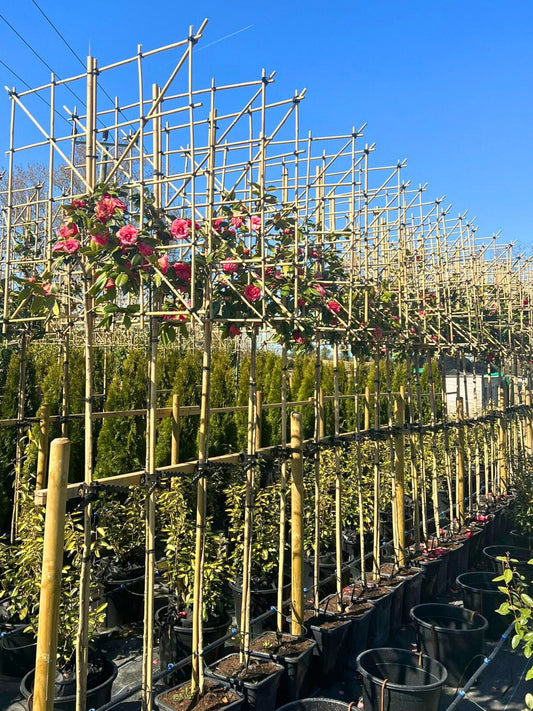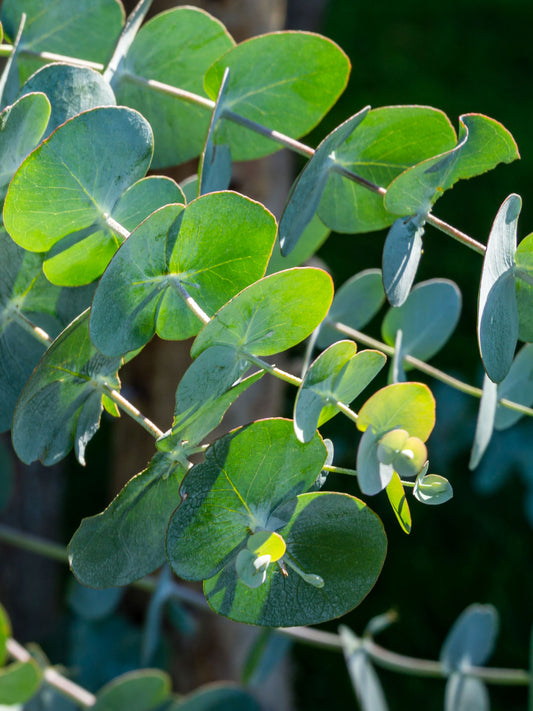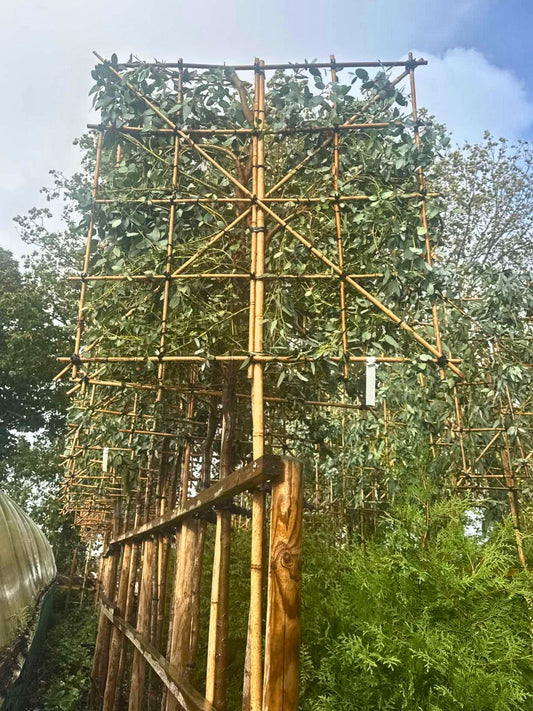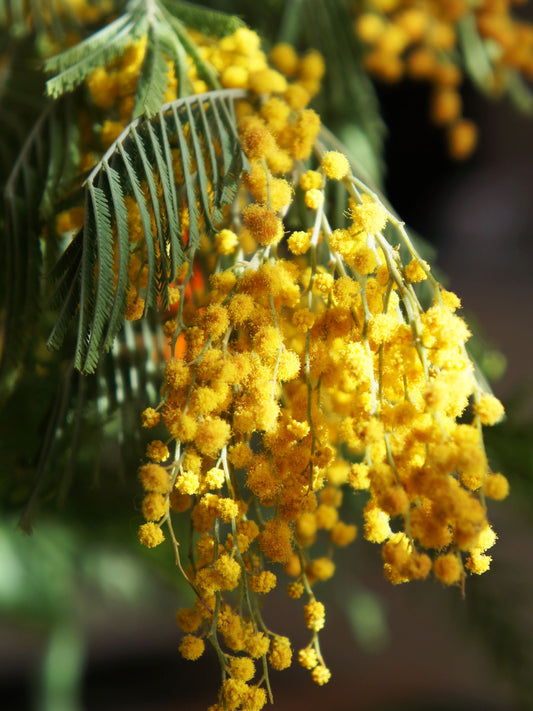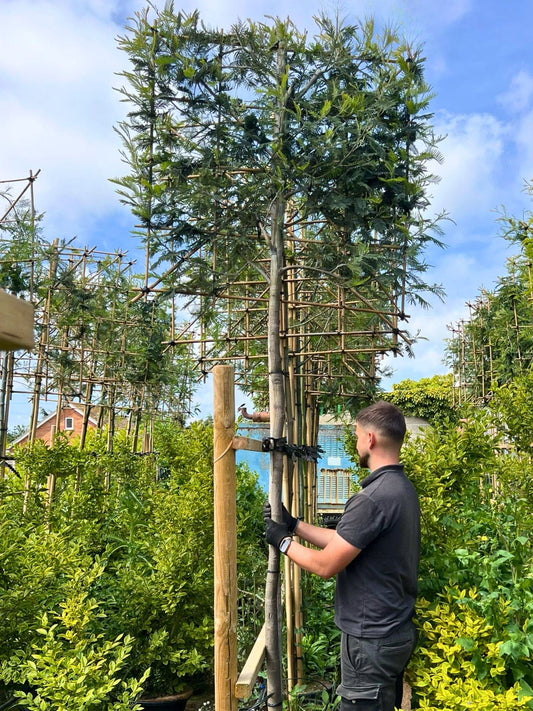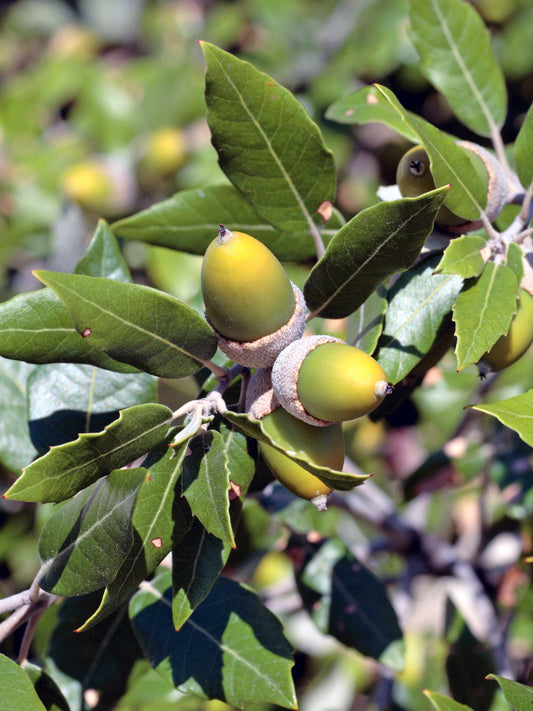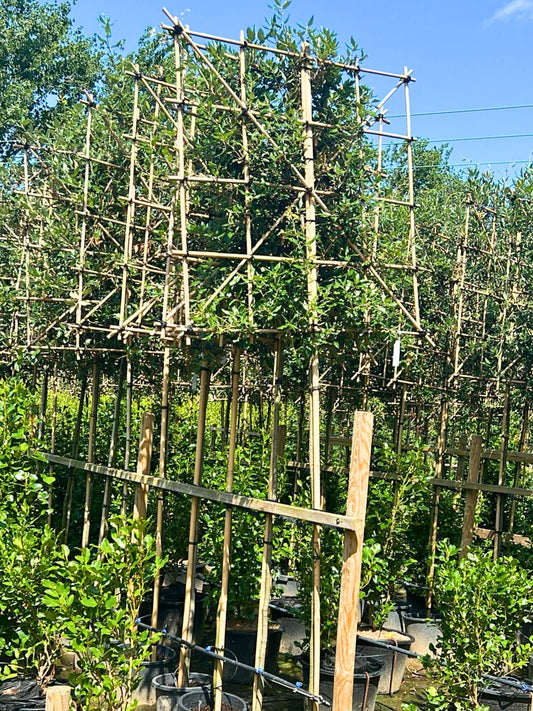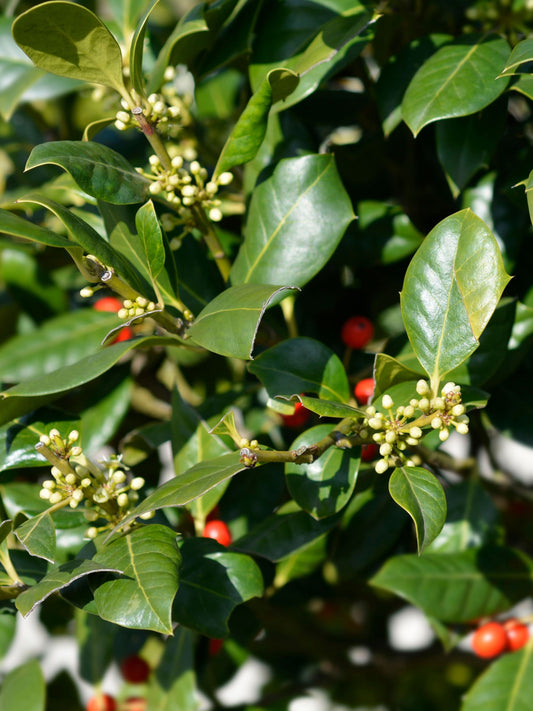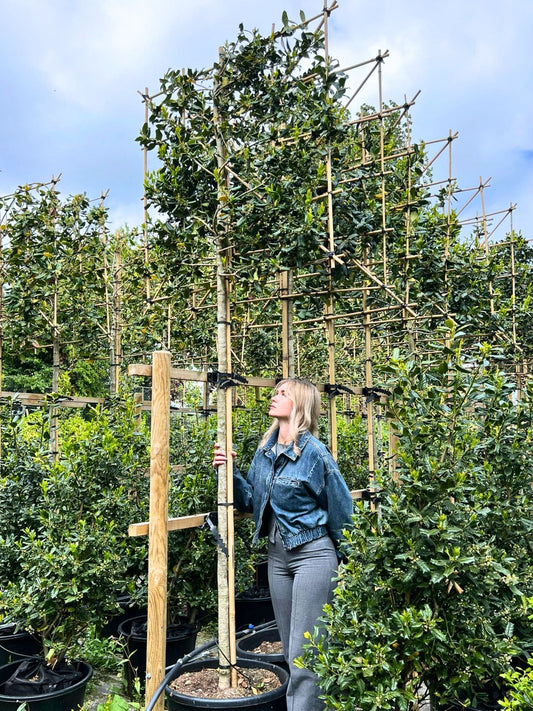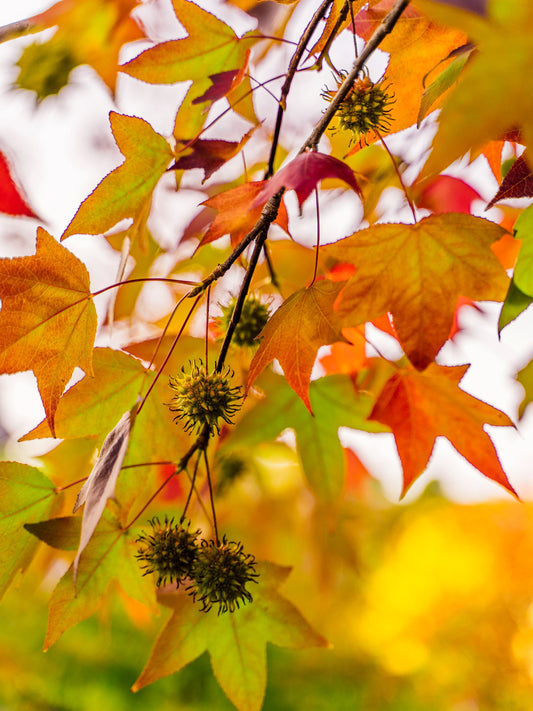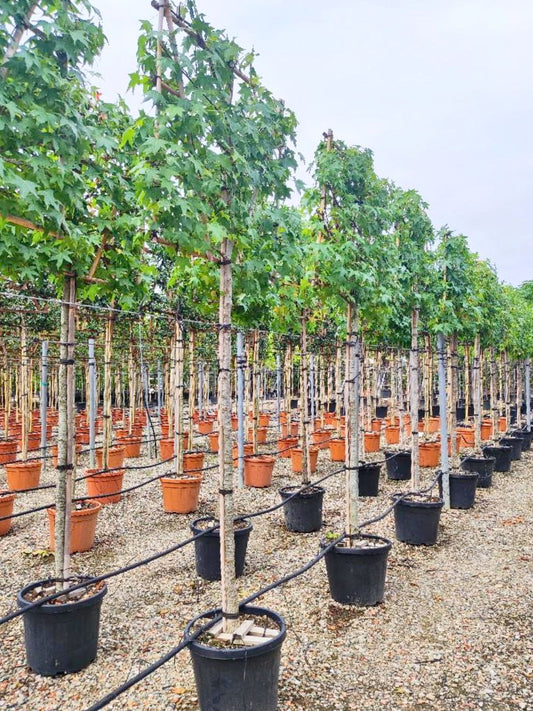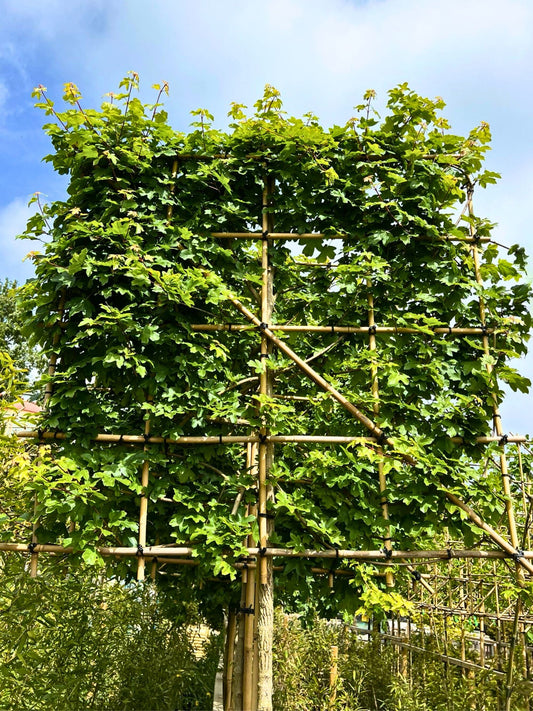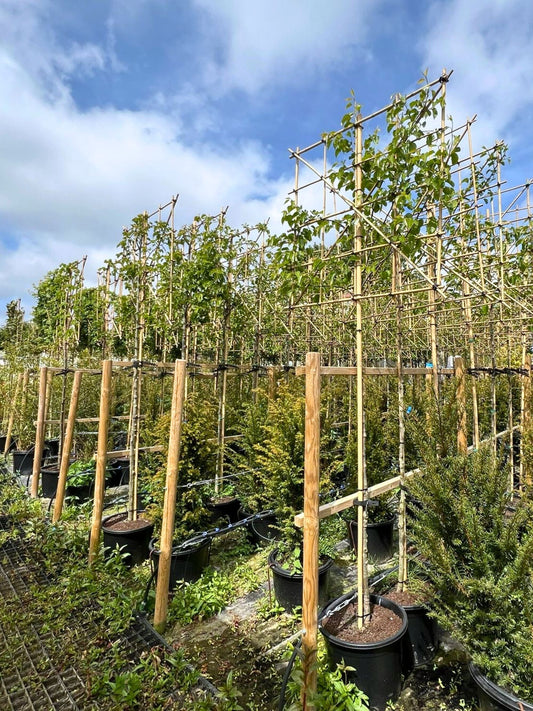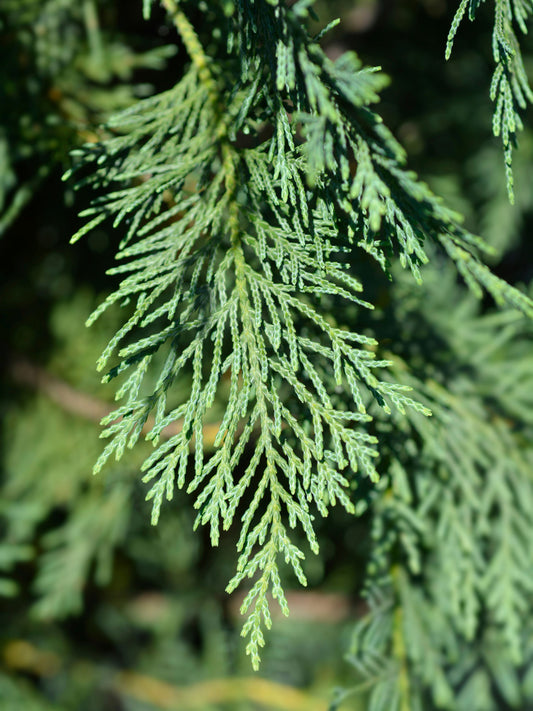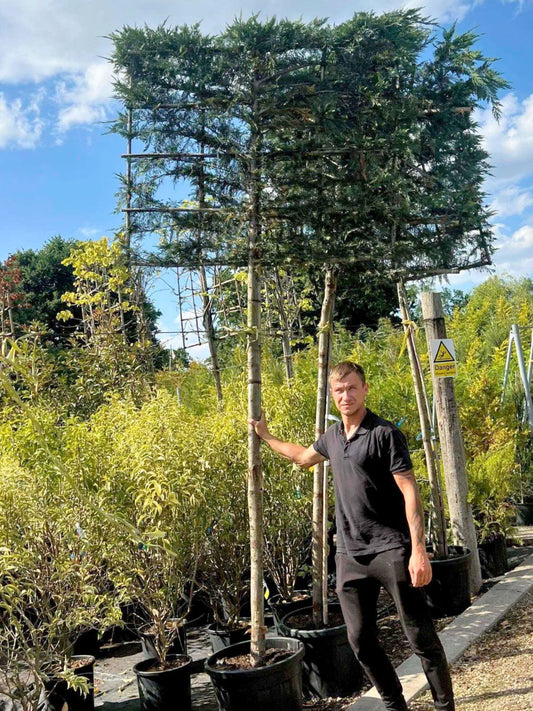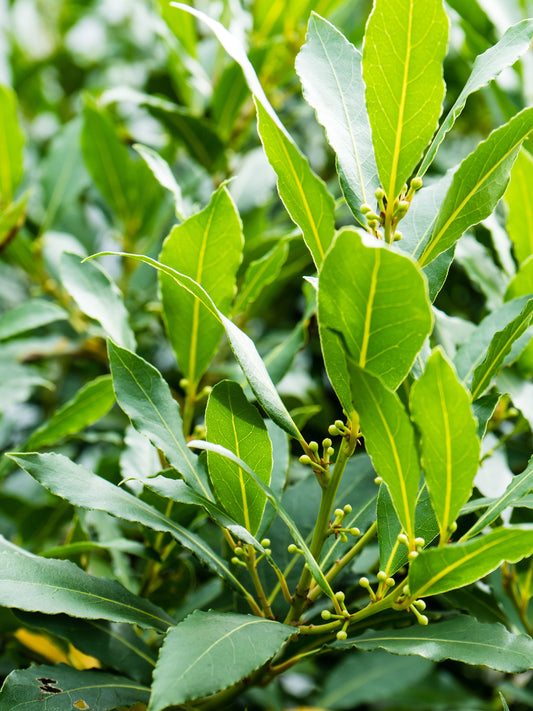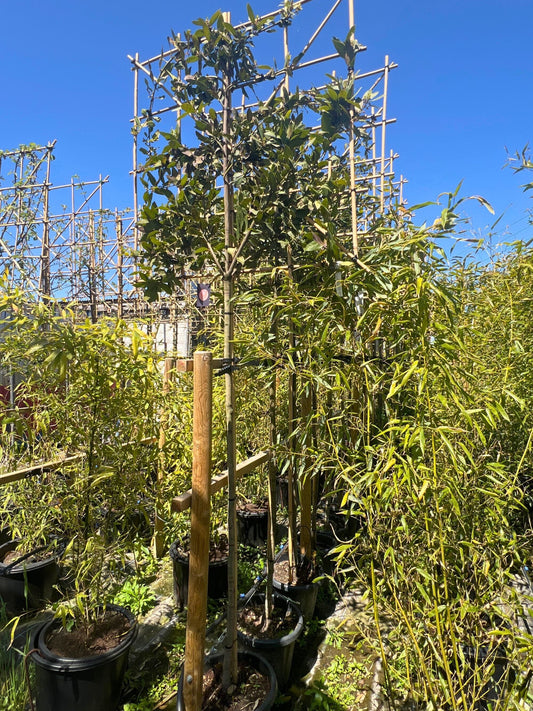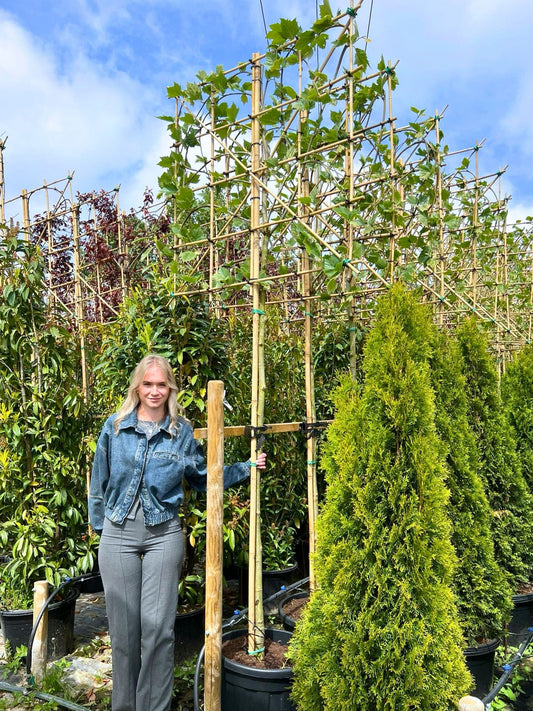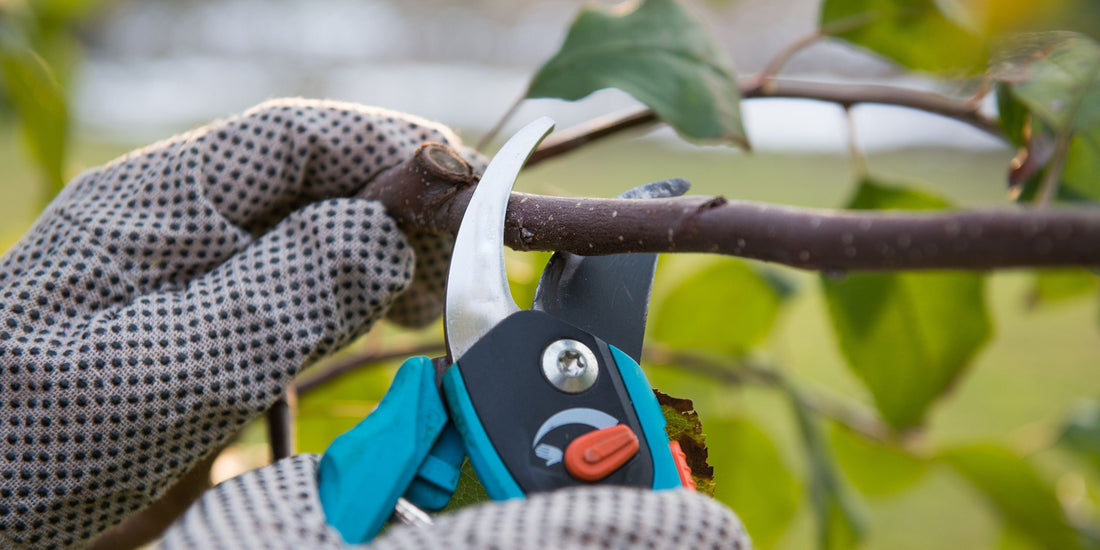
Pruning Guide: How and When to Prune Pleached Trees
Pruning plays a vital role in maintaining the desired form and density of pleached trees. Regularly trimming new growth and removing dead, damaged, or crossing branches contributes to the elegance of these exquisite trees.
Watch Expert Guidance: Award-Winning Designer & BBC1's Garden Rescue Presenter, Lee Burkhill, provides valuable insights on pruning in this fantastic video.
Pruning Pleached Trees: Quick Guide
When to Prune Pleached Trees
The optimal timing for pruning pleached trees is typically twice a year, during their dormant periods in early spring and late autumn. During these phases, you can trim shoots that extend beyond the frame or train them to cover any gaps, ensuring your pleached trees maintain their appearance. Light pruning can be also done in summer to maintain shape. However, you don't have to limit the foliage to the edges of the pleach frames once your tree reaches that stage. These frames are there for the training stage, acting like a skeleton. Once the foliage thickens up, you will be able to keep the foliage on top to whatever dimensions work for you.
How to Prune Pleached Trees
Pruning is a fairly straightforward process for pleached trees. Trim any shoots that grow beyond the frame or use rubber ties to secure them within the frame, covering any gaps. Always use clean, sharp secateurs for the best results. The aim is to shape your pleached trees to your desired shape and size. When pruning:
- Cut at a diagonal angle away from a bud to prevent water from sitting on the cut surface.
- Remove any branches that are rubbing to prevent creating weak points.
- Remove any dead growth.
- Remove any diseased stems or branches.
- Trim the leading shoots to maintain the flat, pleached structure.
- Ensure horizontal branches are evenly spaced and growing in the desired direction to prevent rubbing.
- Shorten any overly long side or upward shoots to maintain the tree's shape.
Key Points
- Maintain the Desired Shape: Trim new growth that extends beyond the desired shape.
- Make Clean Cuts: Cut just above a bud or branch to encourage healthy growth.
- Avoid Pruning Flower Buds: When pruning, be cautious not to remove flower buds, especially if you've chosen a plant for its attractive flowers or berries. Cutting these buds can reduce or eliminate the plant's ability to produce flowers or fruit in the upcoming season.
- Avoid Heavy Pruning: Don’t remove more than 20% of the tree’s canopy at once to avoid stressing the tree.
Further Resources
RHS: Pruning

